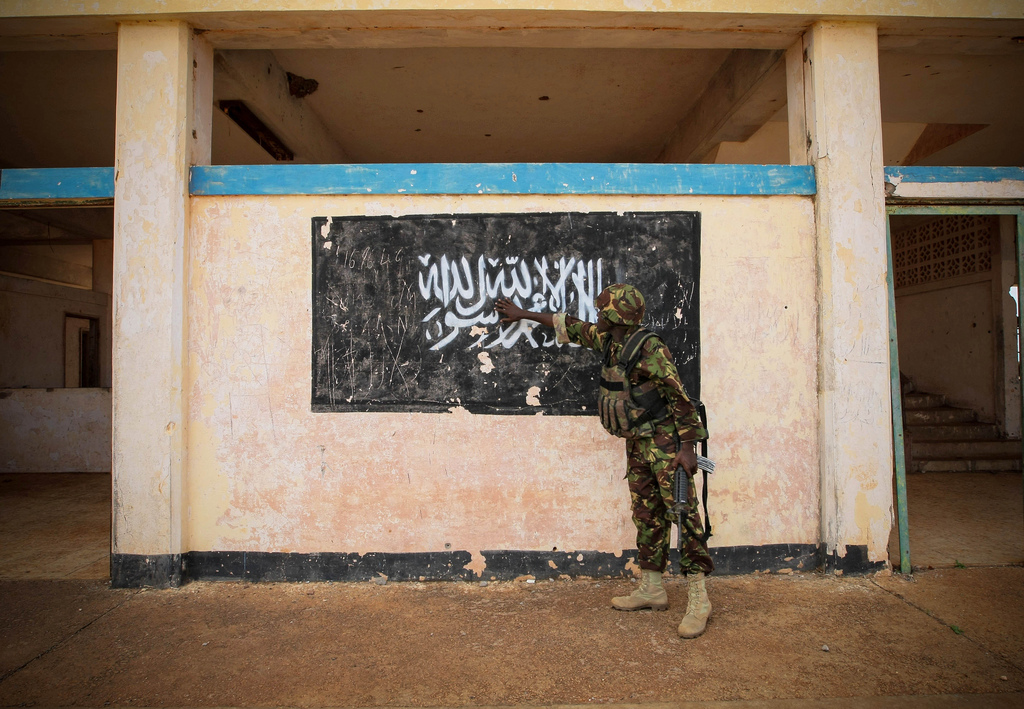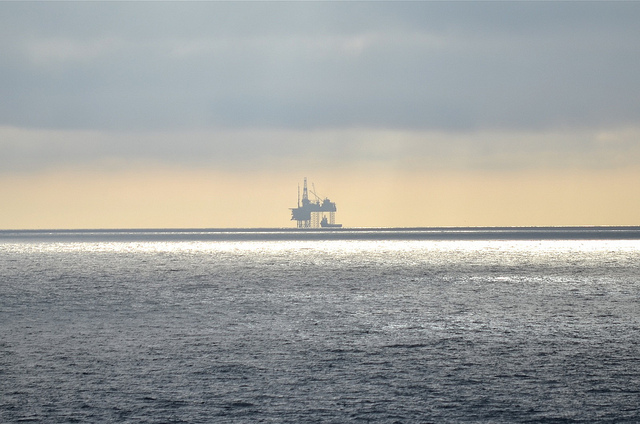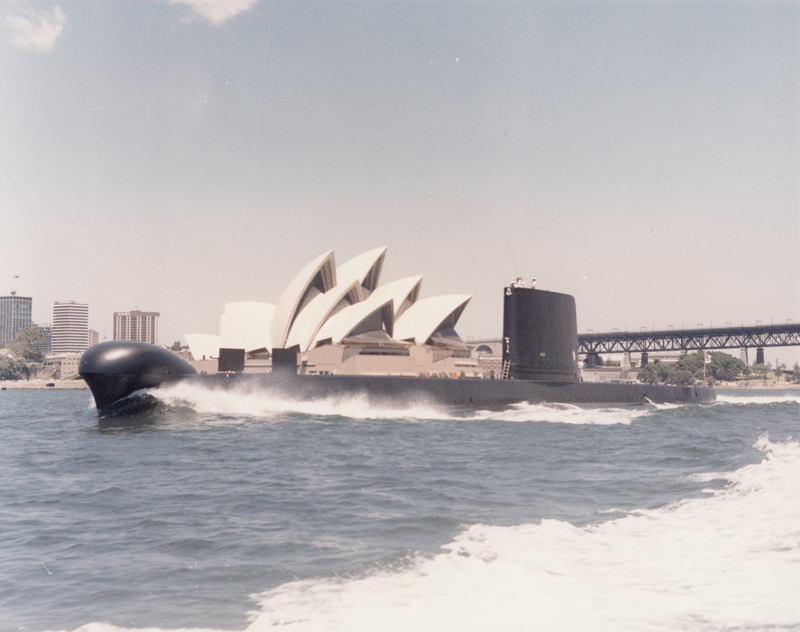In the market for a naval shipbuilding plan
In the first week of October, the 2013 Pacific Maritime Congress and Exposition will be held in Sydney’s Darling Harbour. It’ll be a massive event. More than 400 companies from 17 countries will take part in the Exposition, expected to attract around 10,000 people from Australia and around the world, including ‘numerous senior commercial, military and government delegations from some 30 countries’. Keeping with the scale and importance of the event, the (invitation only) opening ceremony next Monday will see speeches by no less than the new Defence Minister, the Chief of Navy and the NSW Premier.
The unashamed focus of the event is business. Suppliers of maritime and naval equipment will be there show off their wares. Private buyers and government officials will be looking to see what the market has to offer. Deals will be done.
A debt of thanks is owed to the non-profit organizers of the exposition, Maritime Australia Limited. By bringing together buyers and sellers, they help create an efficient market for maritime and naval goods and services. And the taxpayer can rest assured that the Defence will take full advantage of the event—not just by informing itself about the latest in naval technology, but by updating industry on its future acquisition requirements. Read more










